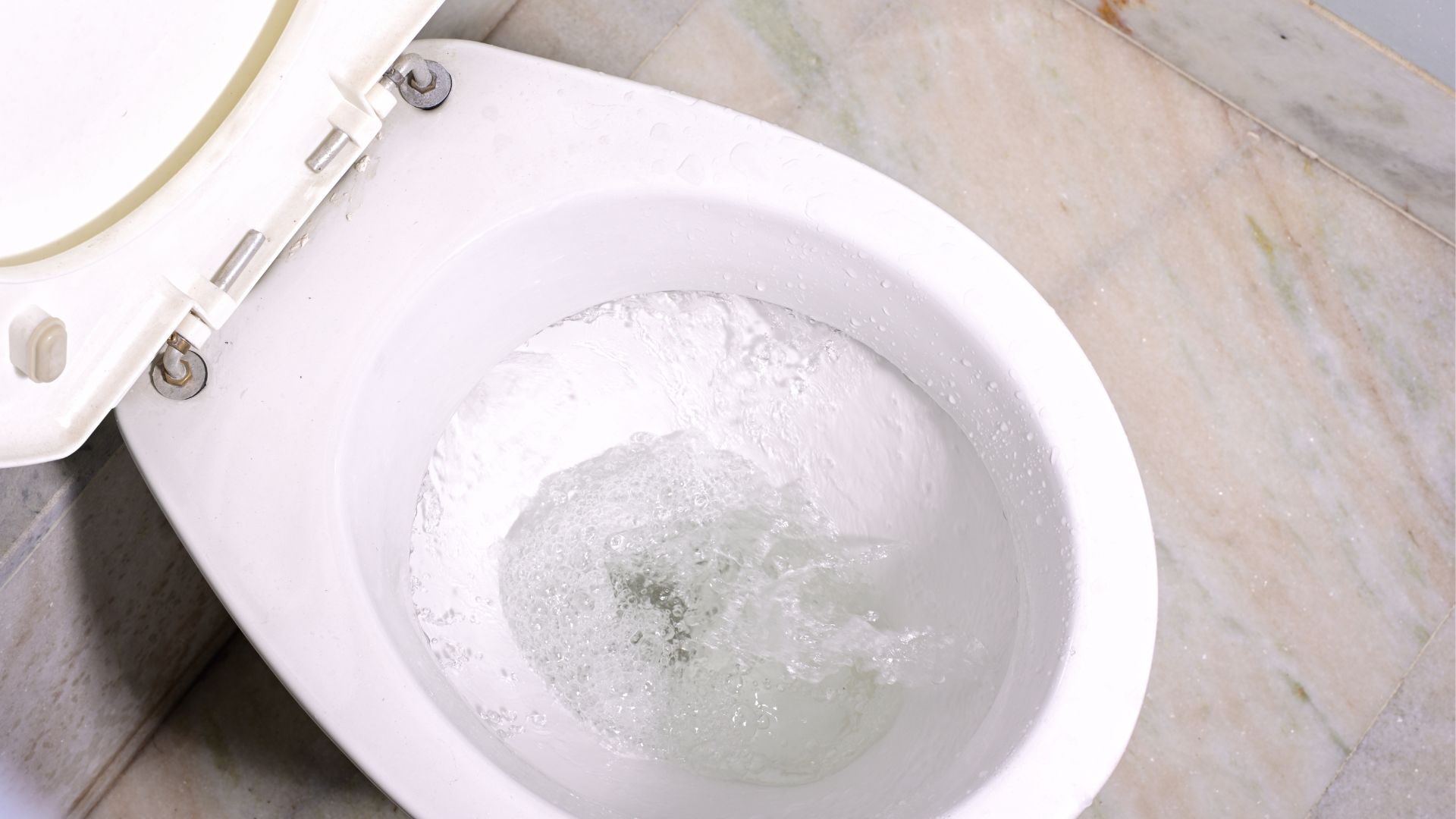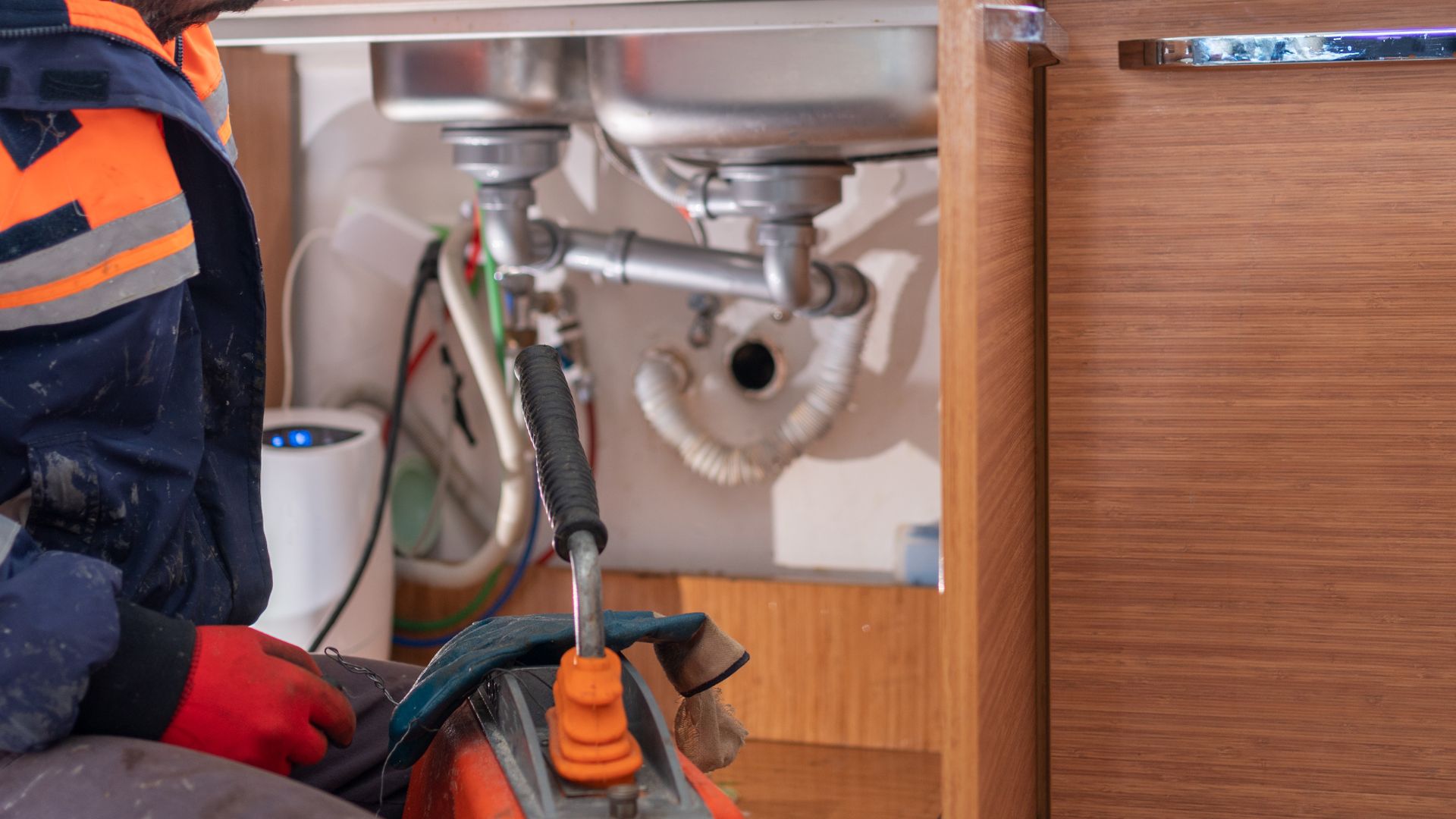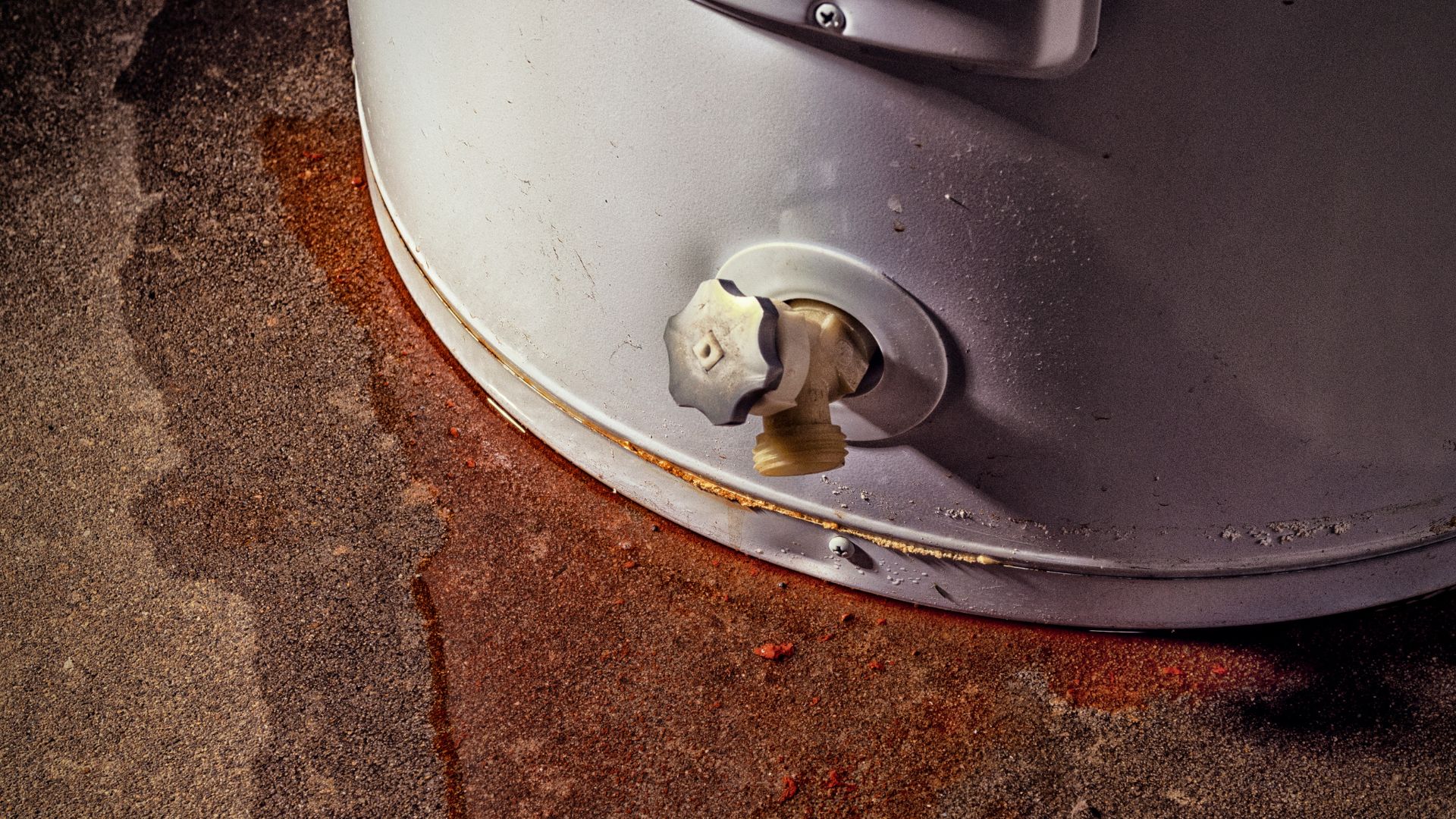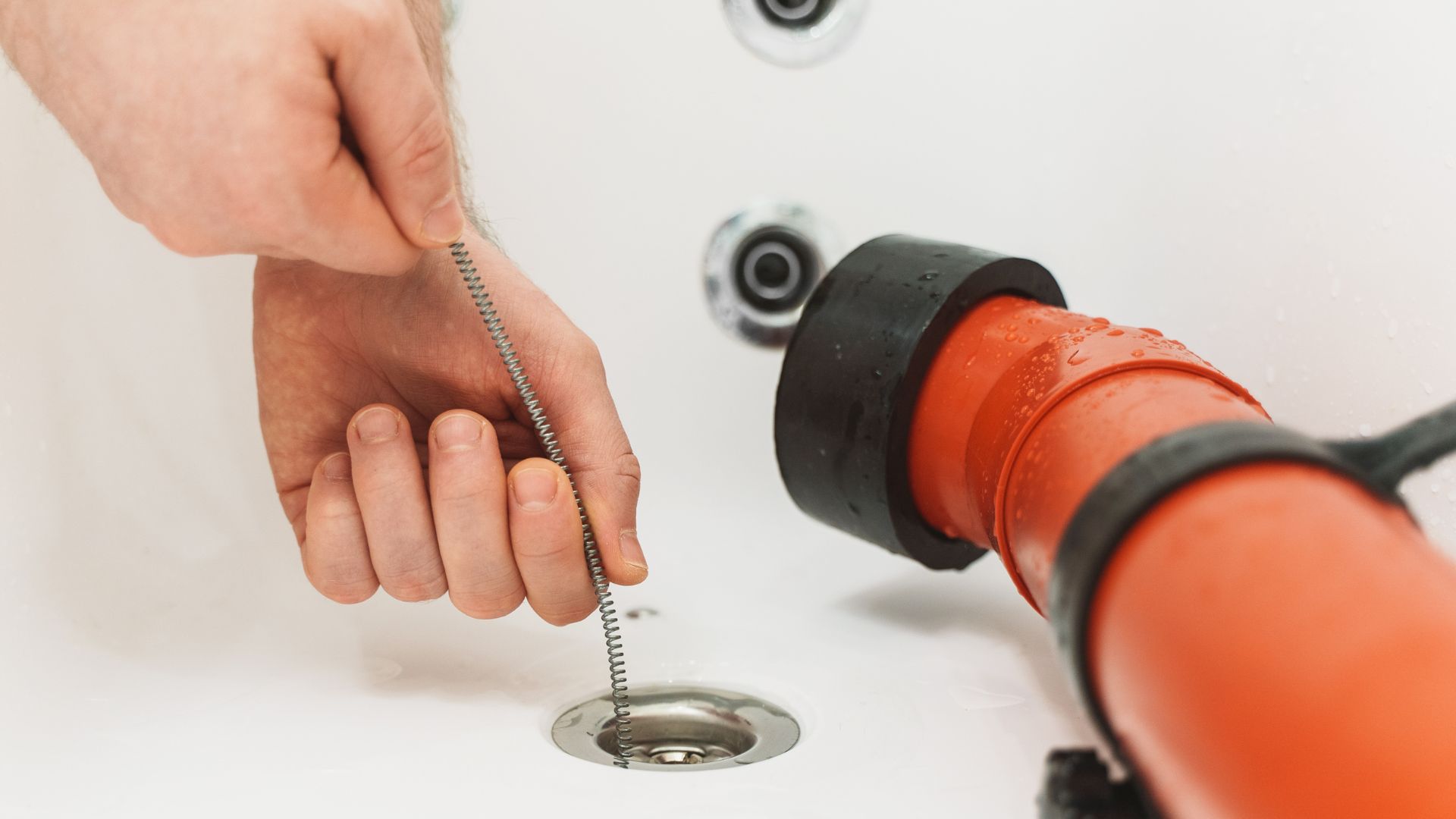How to Fix a Running Toilet
Did you know that the average leaking toilet can waste between 30,000 and 70,000 litres of water between every water bill? This staggering statistic highlights a common issue with significant consequences. Ignoring a running toilet doesn’t just impact your wallet; it also has environmental repercussions. Wasting water contributes to resource depletion and increased energy consumption necessary for water treatment and distribution.
Financially, the cost of a running toilet can add up quickly, leading to unexpectedly high water bills. Environmentally, the unnecessary use of water strains local water supplies and contributes to a larger carbon footprint. Addressing this issue is crucial for both personal and ecological reasons.
In this guide, you’ll learn about the common causes of a running toilet, such as worn flappers, faulty fill valves, and misaligned float arms. We’ll walk you through step-by-step solutions to fix these issues, helping you save money and reduce your environmental impact. Let’s stop the drip and make a positive change today!
Solving Toilet Troubles
Toilets may seem simple, but understanding how they work is key to fixing them when they misbehave. Here’s a basic explanation and common reasons for a constantly running toilet.
How Toilets Work
A toilet consists of two main parts: the toilet tank and the toilet bowl. When you flush the toilet, the flush valve opens, allowing tank water to flow into the bowl, pushing waste through the drain.
The fill valve controls water flow into the tank and stops when the desired water level is reached. The float ball or float arm rises with the water, signalling the fill valve when to stop the water flow. If the fill valve assembly or flapper valve fails to function properly, the toilet may run continuously.
Common Causes of a Running Toilet
- Flapper Issues: A worn or misaligned flapper valve can cause water leaks from the tank to the bowl. Replacing it with a new flapper valve or universal flapper can solve this.
- Float Problems: An incorrectly adjusted float ball or float arm can prevent the fill valve from sealing properly. Adjust the float level according to the manufacturer’s instructions.
- Fill Valve Malfunctions: An old fill valve assembly can lead to a faulty fill valve. Replacing it with a new fill valve from a local hardware store may be necessary.
- Overflow and Fill Tube Issues: Ensure the fill tube is correctly positioned over the overflow tube. If not, it can lead to excess water filling the tank.
- Seal Problems: The tank-to-bowl gasket and rubber seal should be inspected for leaks.

Tools You’ll Need
Getting ready to fix a running toilet requires a few basic tools and safety steps.
Basic Tools
To address a running toilet problem, you’ll need a screwdriver, pliers, and a replacement flapper valve. Channel locks are handy for adjusting the fill valve and valve assembly. Ensure you have a soft cloth to clean any spills on the bathroom floor.
Safety Precautions
Before starting, turn off the water supply using the shut-off valve with a quarter turn counterclockwise. This prevents running water while you work on the toilet tank. Carefully lift the tank lid and flush the toilet to remove any remaining water. Check the water level and ensure the ball float and overflow tube are functioning properly. If the issue persists, the water line might need checking.
Remember, if the problem persists, consulting a professional plumber can help prevent water waste and high water bills.
Step-by-Step Solutions
1. Checking the Flapper
Symptoms:
A faulty flapper valve is a common cause of a running toilet. Signs include hearing constant water flowing into the toilet bowl or seeing water running into the overflow tube. This can lead to higher water bills due to water waste.
Solution:
To fix a running toilet caused by a faulty flapper, follow this step-by-step guide:
- Turn off the water supply using the shut-off valve.
- Remove the toilet tank lid and observe the water level.
- Drain the water by holding down the flush valve until the tank is empty.
- Inspect the flapper valve at the bottom of the tank for wear or misalignment.
- If damaged, disconnect the flapper from the flush lever and replace it with a new one from a professional plumber.
- Ensure the flapper seals properly and reattach the chain to the flush lever.
- Turn the water supply back on and let the tank fill.
- Check if the toilet running issue persists.
2. Adjusting the Float
Symptoms:
An incorrect float level can cause water to continuously fill the tank, leading to a running toilet. You may notice the water level is too high and spills into the overflow tube.
Solution:
Adjusting the float can help fix a running toilet:
- Remove the tank lid to access the fill valve and float arm.
- Check the level in the tank. The water should be about an inch below the overflow tube.
- Adjust the float arm by bending it slightly downward to lower the water level.
- For a dual flush toilet or a ball float, turn the adjustment screw on the fill valve.
- If the float is damaged, consider replacing it.
- Ensure the water flows smoothly and the water level is correct.
- Test the flush to see if the issue persists.
3. Fixing the Fill Valve
Symptoms:
A malfunctioning fill valve can cause inconsistent water levels and a running toilet. You might hear a hissing sound or notice the tank doesn’t fill correctly.
Solution:
Here’s how to fix a running toilet by addressing the fill valve:
- Shut off the water supply line.
- Use channel locks to unscrew the valve assembly from the bottom of the tank.
- Inspect the fill valve for debris and clean it if necessary.
- If cleaning doesn’t help, replace it with a new fill valve.
- Reattach the supply line and ensure all connections are tight.
- Turn on the water and let the tank fill.
- Check for leaks and test the flush to make sure the valve assembly functions properly.
4. Inspecting the Flush Handle
Symptoms:
A misaligned flush handle can prevent the flapper from sealing, leading to running toilets. If the handle sticks or feels loose, it may cause continuous flushing.
Solution:
Follow these steps to fix a running toilet by adjusting the flush handle:
- Open the toilet tank and observe the handle mechanism.
- Ensure the chain from the handle to the flapper has the correct tension.
- Tighten any loose nuts on the handle’s inside.
- If misaligned, adjust the handle’s position so it moves freely.
- If the problem persists, consider replacing the handle with one from a professional plumber.
- Test the handle by flushing to ensure smooth operation and that the flapper seals properly.
- Check if the toilet running issue is resolved.
Preventative Maintenance Tips
Regular Checks
Conduct regular inspections of your toilet tank components to prevent running toilets and keep your water bill in check. Ensure the flush valve and overflow tube are functioning correctly and that all seals seal properly. Check the water level in the tank to confirm it’s below the overflow tube. Follow a simple step-by-step guide to inspect these parts periodically.
Water Conservation
To conserve water and maintain efficient toilet operation, adjust the water line to the proper level so only the necessary amount of water fills the tank. Fix any issues promptly—knowing how to fix a running toilet can save significant water waste.
If problems persist, consult a professional plumber to ensure everything is functioning well. Regular maintenance and mindful flushing habits contribute to effective water conservation.
Troubleshooting Unusual Issues
Water Hammer
The water hammer is a loud banging noise in the pipes after flushing the toilet. It happens when a water line suddenly stops moving, causing pressure surges. This can affect the flush valve and other components. To address it, install a water hammer arrestor or consult a professional plumber.
Silent Leaks
Silent leaks can occur when water seeps from the toilet tank into the bowl without obvious signs. To detect them, add food colouring to the tank and wait 15 minutes. If colour appears in the bowl without flushing, there’s a leak. Check the flush valve and overflow tube for issues. Follow a step-by-step guide to replace faulty parts or consult a plumber if needed. Regular inspections help prevent these leaks.
When to Call a Professional
Complex Problems
Sometimes, toilet issues go beyond a simple DIY fix. If you encounter persistent leaks after attempting repairs or if the water line connections are faulty, it might be time to call a professional.
Complicated problems such as water hammer, recurring silent leaks, or issues with the internal valve assembly can be challenging to diagnose and resolve without expertise. If you’ve followed a step-by-step guide and the problem persists, or if there’s excessive water damage around the toilet, professional assistance is necessary.
Benefits of Professional Help
Hiring a professional plumber offers several advantages. They bring expertise and specialised tools to accurately diagnose and fix complex problems, ensuring your toilet functions efficiently. This can prevent further damage and costly repairs in the future.
Professionals can also spot underlying issues that may not be immediately obvious, such as hidden leaks or outdated plumbing components. Addressing these concerns early can avoid potential water waste and reduce your water bill. Ultimately, a professional can provide peace of mind, knowing that your plumbing system is in expert hands.
Fix Your Toilet Woes Today!
Running toilets can drain your wallet and the environment, but you have the power to fix them! With a little effort, you can tackle those leaks and save on your water bill. You’ll ensure your toilet operates efficiently by following simple steps to check components like the flapper and fill valve. Don’t let water waste go unchecked—take action today!
If you’re unsure where to start or prefer professional assistance, reach out to The Plumbing Life Saver’s Toilet Repairs services. Our expert team is ready to help you with all your plumbing needs. Whether it’s a simple fix or a more complex issue, we’re here to ensure your toilet is back in top shape. Contact us today to schedule a visit, and let us handle the hard work for you. Don’t wait—fix your toilet woes with The Plumbing Life Saver!
FAQ: How to Fix a Running Toilet
What causes a toilet to keep running?
Common causes include a faulty flapper valve, an incorrect float level, or a malfunctioning fill valve. These components may not seal properly, leading to continuous water flow.
How can I tell if my toilet has a silent leak?
Add a few drops of food colouring to the toilet tank and wait 15 minutes. If the colour appears in the bowl without flushing, there’s a leak.
Can I fix a running toilet myself?
Yes, many issues can be resolved with basic tools. Check the flapper, fill valve, and float level. Follow a step-by-step guide for repairs.
When should I call a professional plumber?
If you’ve tried DIY fixes and the issue persists, or if you encounter complex problems like water hammer or persistent leaks, it’s best to contact a professional.
How does fixing a running toilet save money?
Repairing a running toilet reduces water waste, lowering your water bill and conserving resources.






